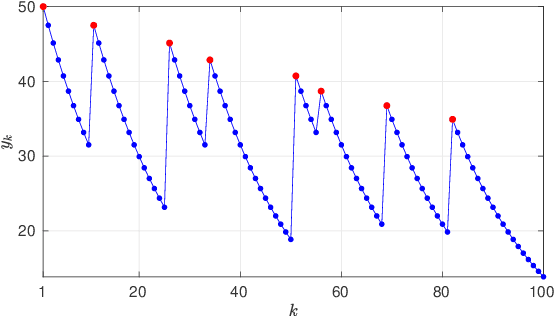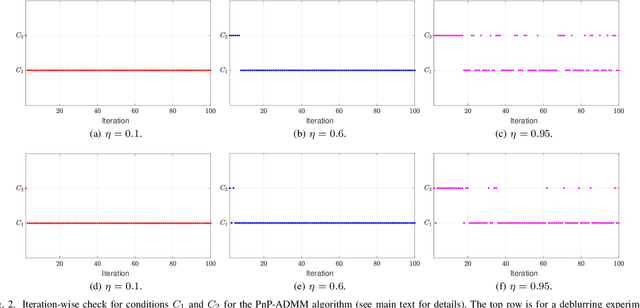On the Proof of Fixed-Point Convergence for Plug-and-Play ADMM
Paper and Code
Oct 31, 2019

In most state-of-the-art image restoration methods, the sum of a data-fidelity and a regularization term is optimized using an iterative algorithm such as ADMM (alternating direction method of multipliers). In recent years, the possibility of using denoisers for regularization has been explored in several works. A popular approach is to formally replace the proximal operator within the ADMM framework with some powerful denoiser. However, since most state-of-the-art denoisers cannot be posed as a proximal operator, one cannot guarantee the convergence of these so-called plug-and-play (PnP) algorithms. In fact, the theoretical convergence of PnP algorithms is an active research topic. In this letter, we consider the result of Chan et al. (IEEE TCI, 2017), where fixed-point convergence of an ADMM-based PnP algorithm was established for a class of denoisers. We argue that the original proof is incomplete, since convergence is not analyzed for one of the three possible cases outlined in the paper. Moreover, we explain why the argument for the other cases does not apply in this case. We give a different analysis to fill this gap, which firmly establishes the original convergence theorem.
 Add to Chrome
Add to Chrome Add to Firefox
Add to Firefox Add to Edge
Add to Edge